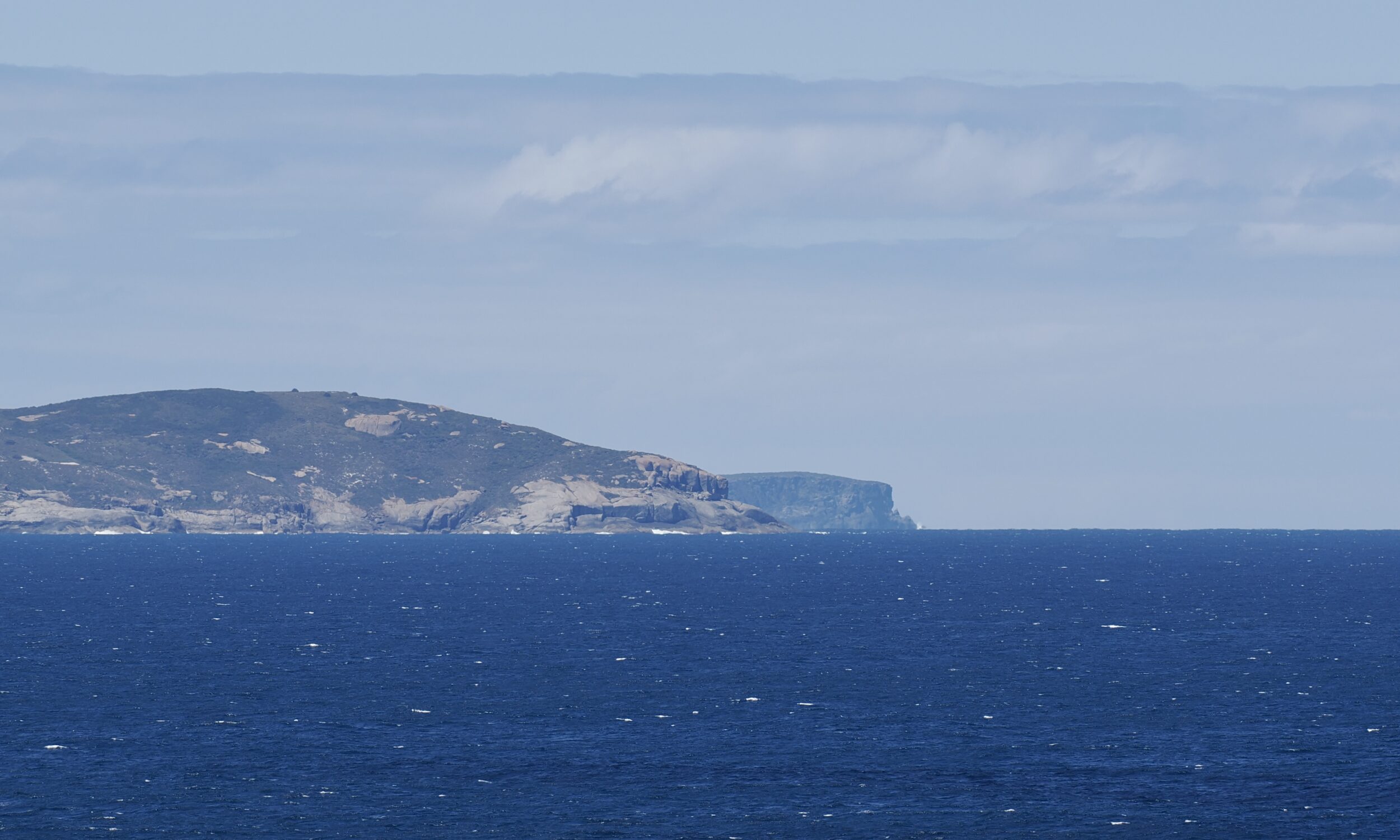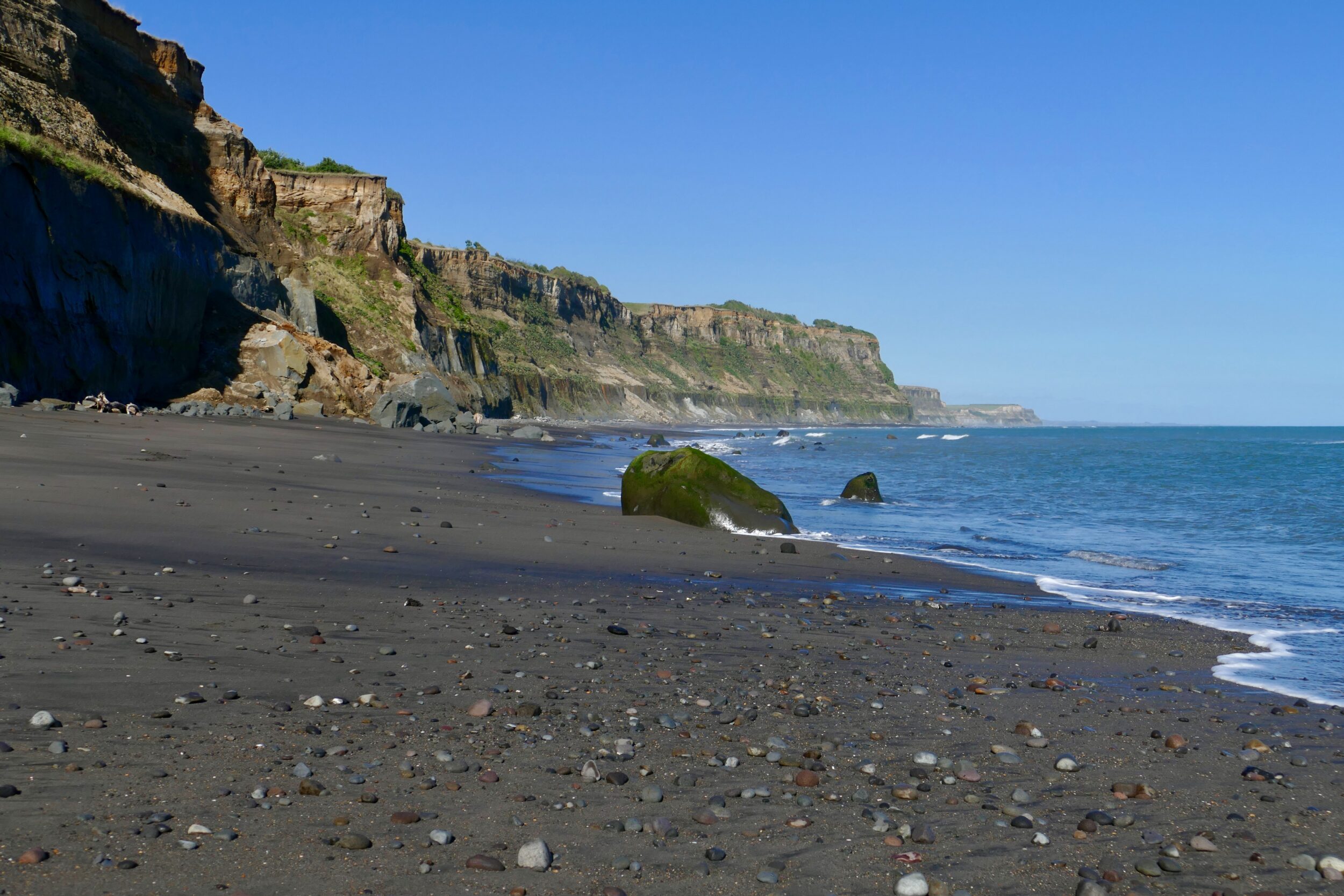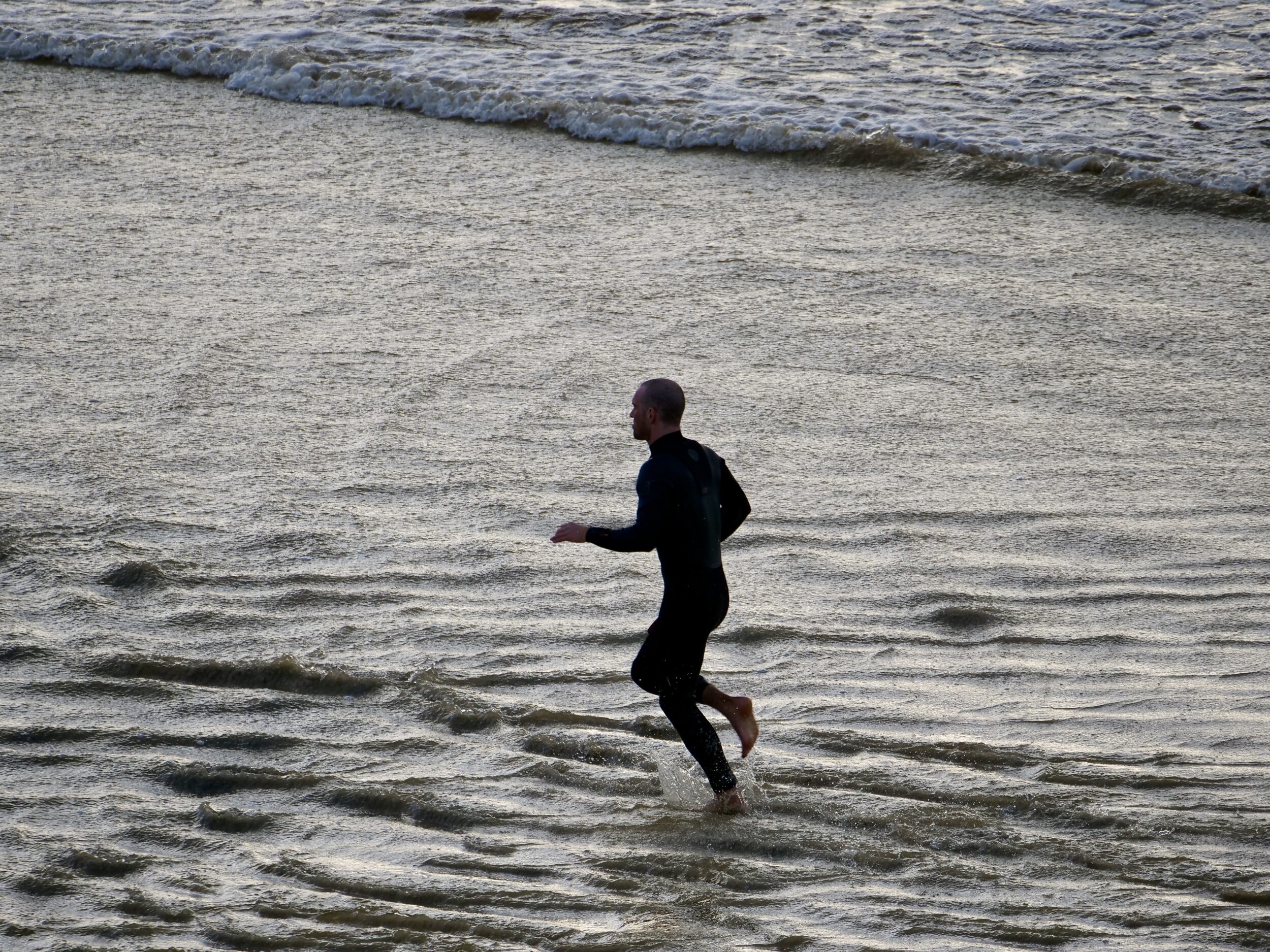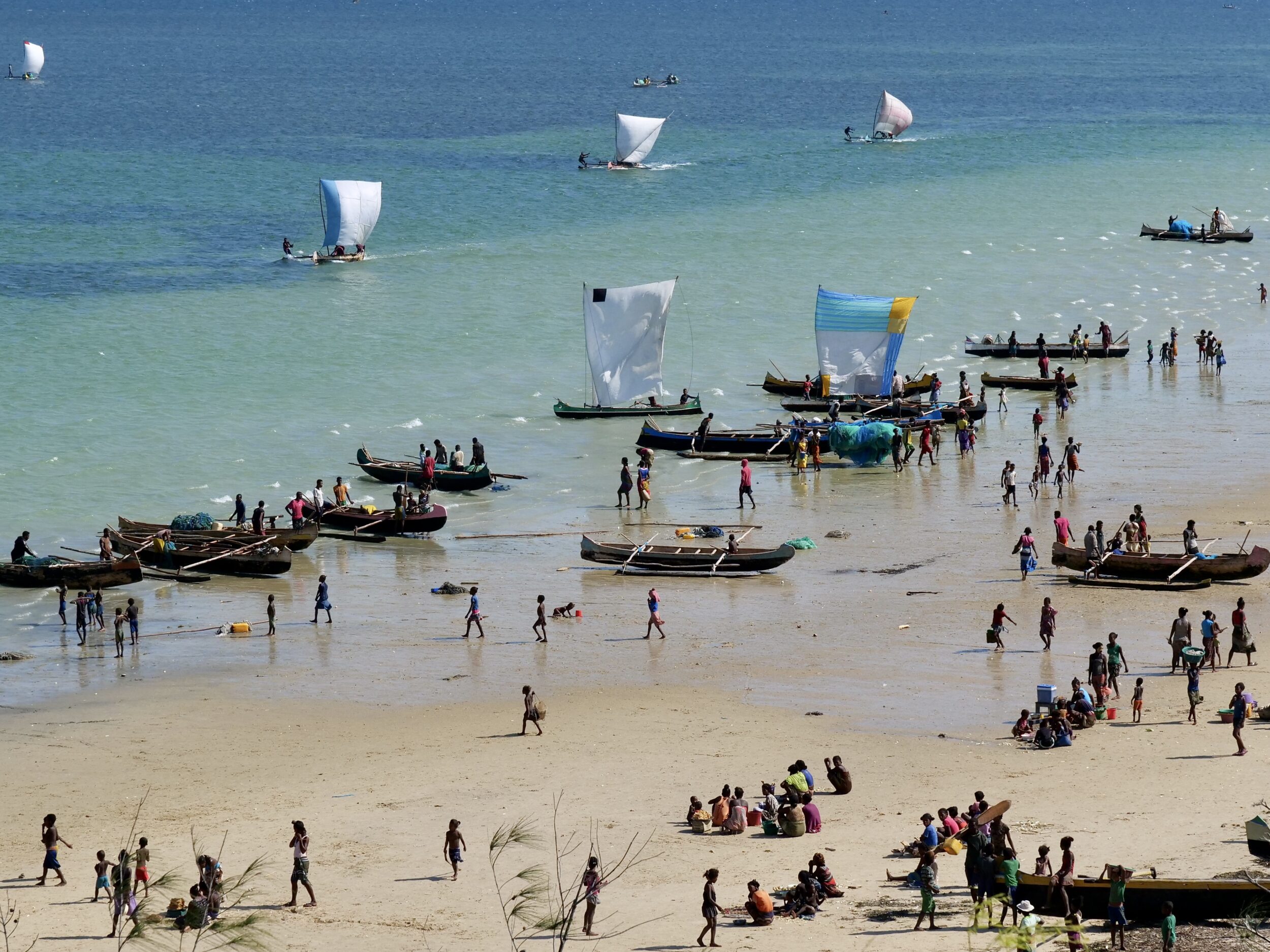Harewood Forest is definitely not “virgin”.
Until well into the 19th century it was a pristine, very tall, Karri-dominant forest
By circa 1900 no grand trees remained; all millable timber had been “mined”.
Happily, however, the forest has regrown well.
Magnificent as are southwest WA’s tall trees – all, WA-endemic – they are far from their forests’ only “WA-only”, wonderful/wondrous-strange plants.
Leave a Comment








